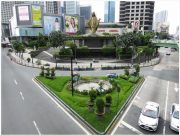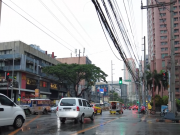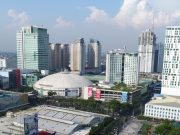The real estate market of the Philippines triumphed last year, mostly thanks to the effect of POGO firms on the country’s economy. Even though there are many demands of both residential and commercial spaces, many developers still successfully accommodated all of these demands which caused the market’s triumph last year.
The Philippine real estate market end 2019 with a great feat of revenues generated by different foreign companies, especially POGO. Will 2020 see growth versus the progress of last year? Mr. John Riad, the CEO of HousingInteractive, will share his predictions for Philippine real estate this 2020.
Continuing The Streak
POGO firms continue their rapid growth in- and outside of Metro Manila. Their impact on the real estate market will continue.

“Ever since the arrival of POGO here in the Philippines, they never stopped growing,” he reported. There is considerable demand for space to accommodate POGO firms, north and south of the metro.
“We continue to see strong demand from the Chinese and other foreign investors, we continue to see strong demand for space, that’s why we are very optimistic for the growth of the real estate this year,” Mr. Riad states.
Great Contribution despite Damaged Reputation
Makati Mayor Abby Binay recently placed a ban on the business permits for POGO companies due to recent reports of illegal operations and prostitution. This turn of events greatly damage the reputation of POGO firms. But business continues to thrive.
POGO companies will continue to contribute to the country’s economy. President Duterte supports the rise of the POGO firms because of the continuous stream of revenue that they provide — caused by rapid and consistent expansion throughout the Philippines.
New Opportunities for Philippine Real Estate
Other multinational BPOs and KPOs continue to invest in space in the Philippines. The positive outcome from these investments impacted not just the real estate industry, but the Filipino workforce, with the addition of new and more profitable jobs.
“A great labor pool is a great opportunity in the market. The Philippines has a lot of talented workers and their skills can greatly contribute to the growth of these foreign BPO and KPO companies- they are all in need of talented workers.” Mr. Riad states.
New Challenges of Philippine Real Estate
“One of the challenges that the market will face is the supply of infrastructure just to accommodate the demands of POGO and other foreign firms,” Mr. Riad continues. As it stands, there is considerable demand for office and residential space — a demand that continues to rise. This poses a challenge for developers.
Furthermore, the worsening traffic situation of Metro Manila contributes to an increase in the demand for good residential space. Workers need to report for work on time, so more Filipinos are searching for living spaces near their offices. That includes the central business districts of Makati, BGC, Ortigas/Mandaluyong, Quezon City, and Alabang, where most commercial interests are located.

“I still hope that the construction of the high roads will eradicate the traffic here in the Philippines,” Mr. Riad says. “But infrastructure is still the number one problem in the country, especially if you’re working downtown. It makes no sense if you’re going to buy a unit and you’ll travel 2-3 hours to work.”
The Key to Continuous Real Estate Growth
“If POGO and multinational companies continue to stay and flourish in the country, the real estate market will continue to go up,” Mr. Riad says.
The growth will impact real estate as the demand for infrastructure, north to south, increases as more POGOs and multinational companies set their eye on the Philippines. The growth will also impact the Filipino workforce, who will find more jobs to occupy with the entry of these foreign firms.
The More, The Merrier
The interest lies as far as Cavite, a prime example of the outlying areas that multinational firms and POGOs find attractive.
“Many developers are seeking opportunities to the outskirts of Metro Manila, which explains why places like Cavite are being improved in order to accommodate the demands of these companies- keeping the demand intact,” he stated.
Still A Filipino-owned Market
Thanks to the 60-40 Rule implemented by the government, the majority of assets are procured by Filipinos. It is still a Filipino-owned market, after all.
The 60-40 Rule or The Foreign Investment Act is a law that regulates foreign businesses and investments in the country. This means that 60% of the business must be owned by a Filipino citizen while the rest of the 40% will go to the investor. This law practices and maintains equity in the country.
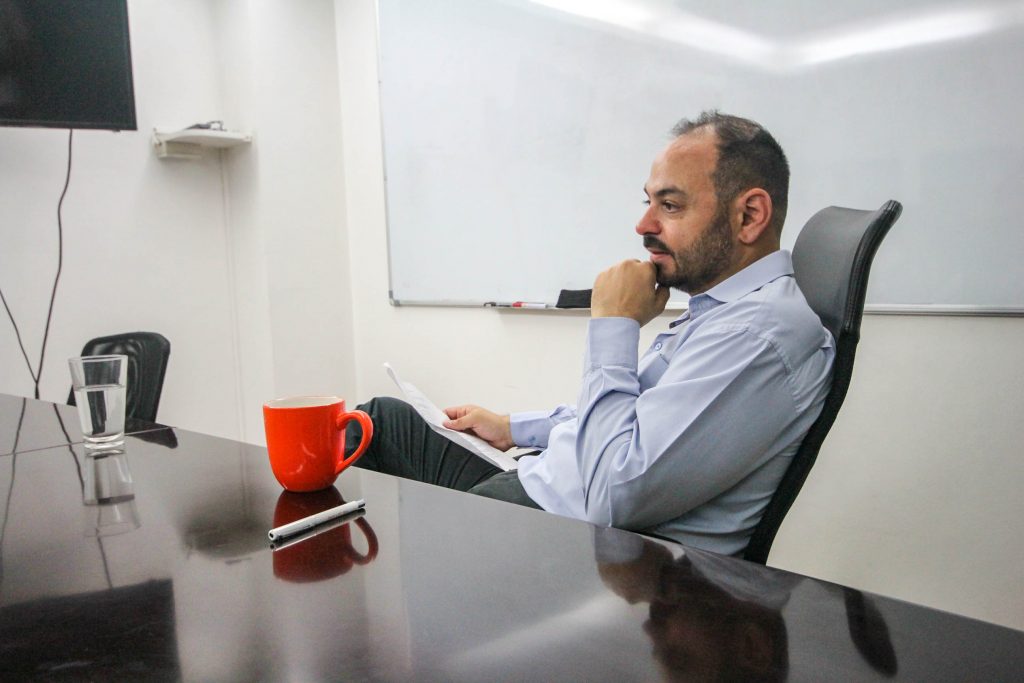
“I like the 60-40 Rule because it shows that the Filipinos still own the market despite the number of foreigners investing in the country. Locals still have the power over the foreign investors in the Philippine real estate market,” Mr. Riad smiles.
“Filipinos also share similar demands of residential spaces since they want to live in a place near a mall to shop and eat in a restaurant. They will continue to buy spaces that are close to their office that is why the majority of buyers are still Filipinos,” he added.
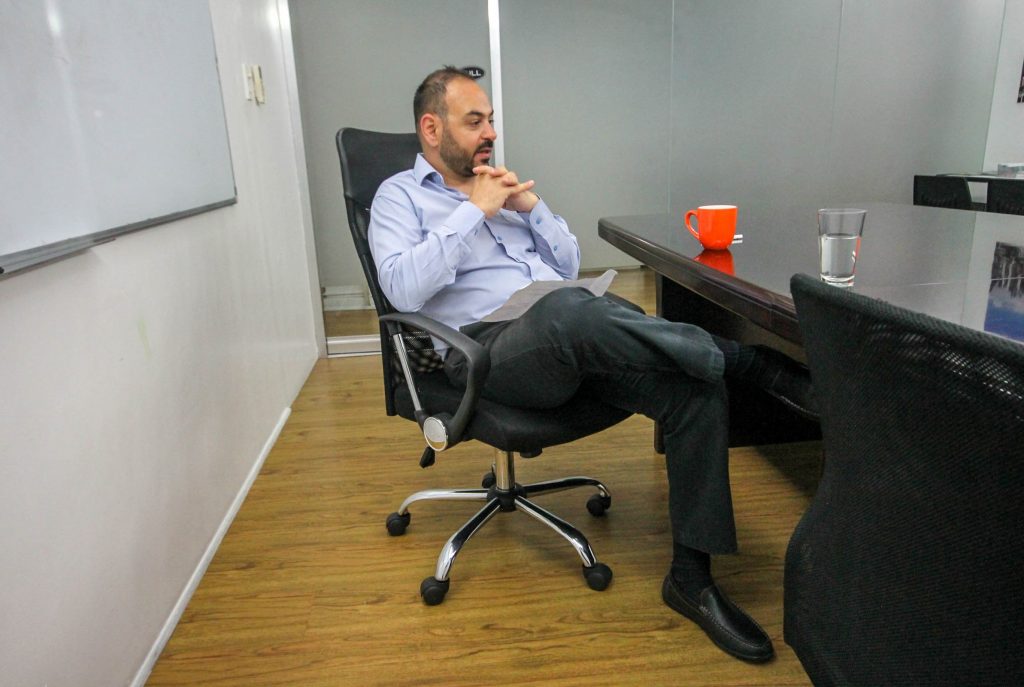
These are all the predictions of HousingInteractive of the Philippine Real Estate this 2020. Will John Riad’s predictions come true? Only time will tell.
Stay updated with the real estate news in https://housinginteractive.com.ph/!




